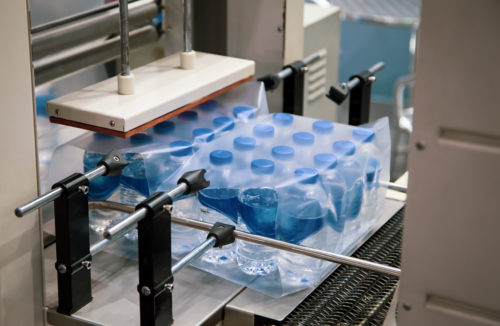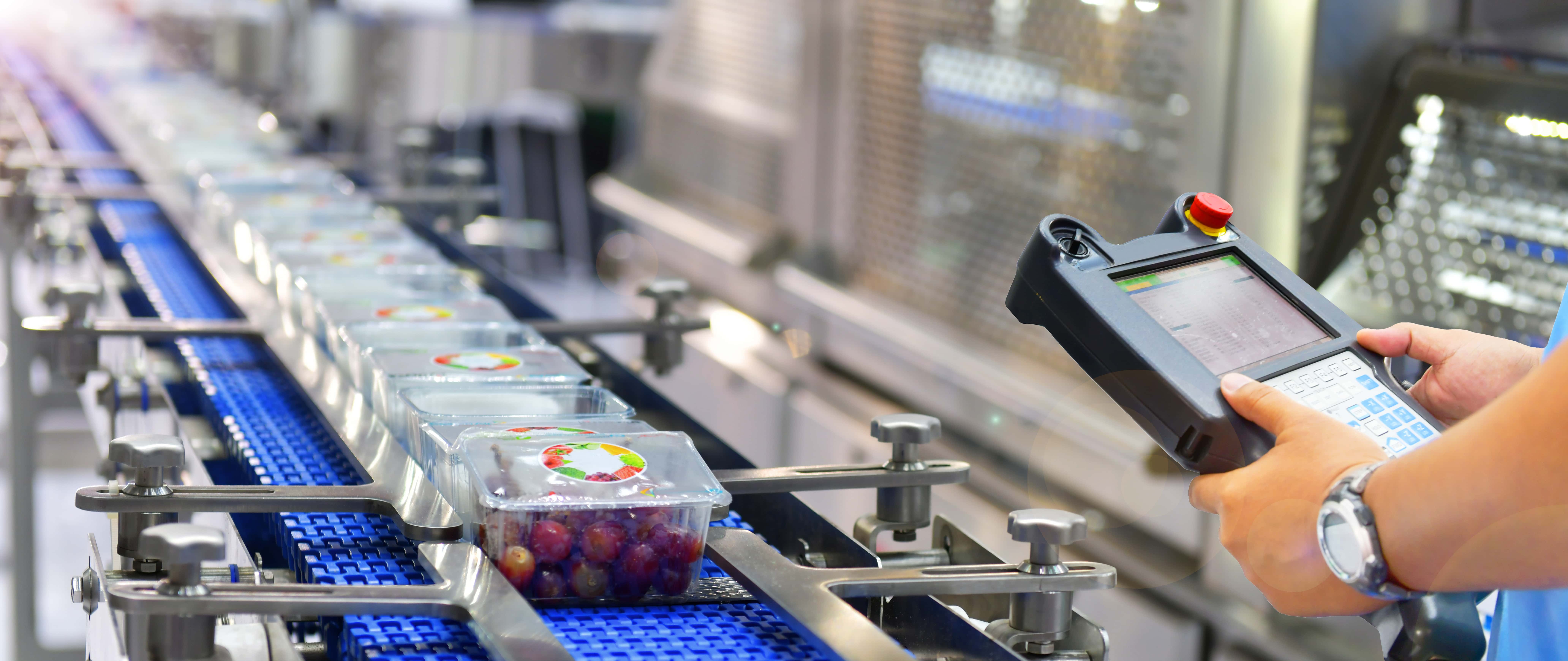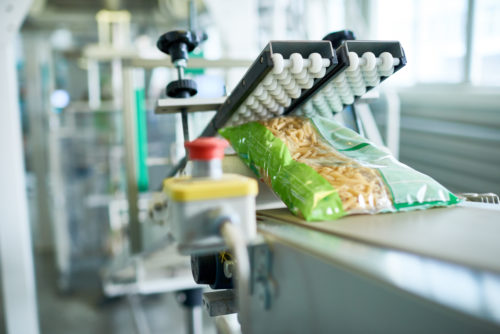A Guide to Shrink Wrapping Retail Products
Leave a CommentShrink wrapping is a secondary packaging that’s ideal for bundling bonus products and multi-packs, protecting merchandise, and creating a polished look for presentation on the shelf. It’s used in numerous industries, from health and beauty to food and beverage and cleaning products. Retailers and manufacturers alike find it to be a cost-effective solution for maintaining the appearance and integrity of products on the shelves.
Contact Us
What Is Shrink Wrapping?
Shrink wrapping is a great way to seal products to guard against moisture and tampering, contain small pieces, or bundle objects together. A plastic film is wrapped around the products, then exposed to heat, which shrinks the plastic and molds it around the object. Polyolefin and PVC are the most common shrink wrap materials used in retail, but there are others; the one you choose depends on how much and what type of protection you need for the items. For example, polyolefin is slightly more expensive than PVC, but it’s less susceptible to temperature changes.
When choosing a material, you’ll want to consider the conditions your products will be exposed to in the warehouse and during transportation, the weight and shape of the objects (for example, do they have sharp edges that could puncture the shrink wrap if they were jostled around?), how long they’ll be on the shelf or in storage, and how you want the product to look to consumers. A contract packaging expert can offer advice on which material to use with consideration for your products and circumstances.
Shrink Wrapping Options for Retail Products
There are several ways to overwrap your products for protection and aesthetic purposes. Cello-wrap and multi-packs are two popular options.
Cello-Wrap
Fast and cost-effective, cellophane overwrapping is done by an efficient machine, making it ideal for high-volume production runs of small retail items. It’s easy to print on the cellophane, so you can include clear, attractive branding as well as usage instructions and product warnings. Because cellophane is available in various thicknesses with different protective properties, it’s easy to customize your wrapping to suit any unique industry requirements and prolong shelf life.
Multi-Packs
Shrink wrapping makes it easy to bundle multiple items together for a two-for-one sale, to add a gift with purchase, or simply to increase perceived value of the items. It’s common with cleaning products, aerosol cans, shampoo and conditioner bottles, snacks, toys, and holiday promotions. Even products of different sizes or irregular shapes can be bundled together in an attractive, eye-catching variety pack.
Shrink wrapping has long been a popular way to bundle products. It offers the cost-effective protection those items need during shipping and handling, and it can be placed directly on the shelf in that attractive packaging. It’s easily customized with printing and labels to ensure your branding is aligned with your company.
At Jonco Industries, our shrink wrapping service is one of our many packaging capabilities. Proudly based in Milwaukee, Wisconsin, we specialize in custom packaging and labels, and our years of experience, extensive capabilities, and commitment to ongoing learning and adoption of new technology ensures we can handle projects of all shapes and sizes. With full-contract packaging solutions, we help you save time and money by managing all primary and secondary packaging under one roof. Contact us to learn more about our shrink wrapping service and more.












 Glossy appearance
Glossy appearance
 Organic Product Labeling Requirements
Organic Product Labeling Requirements